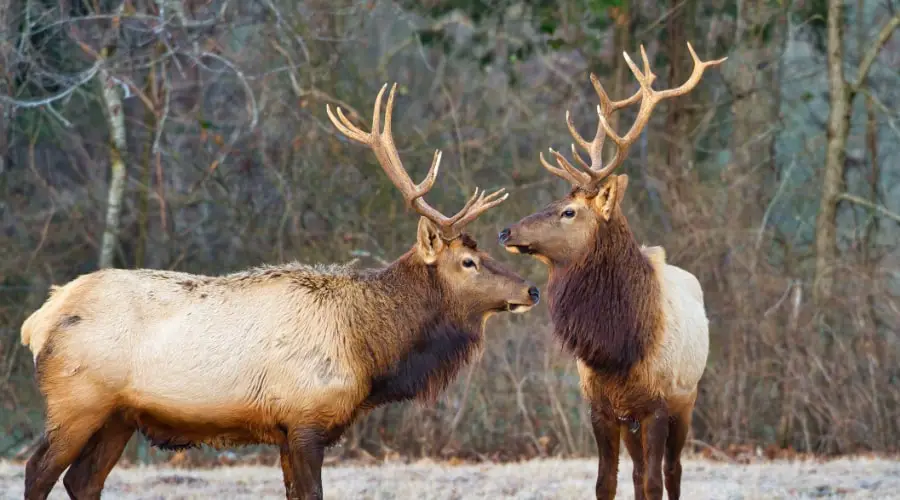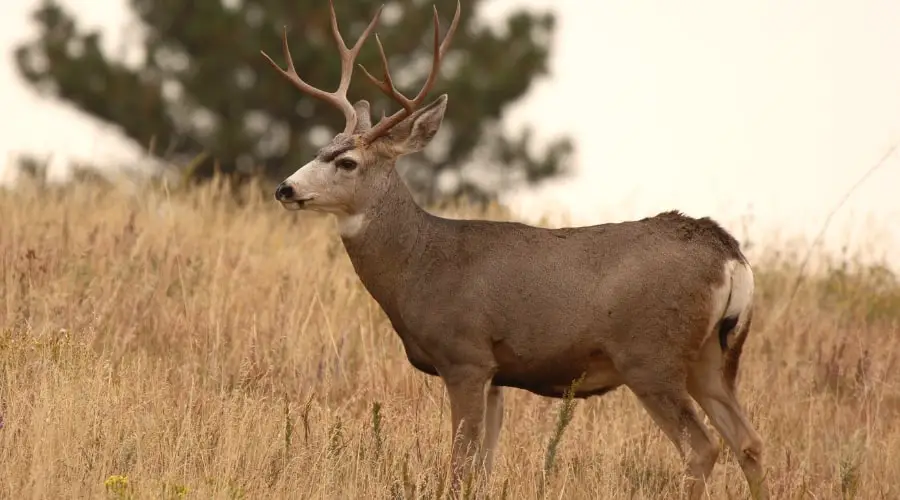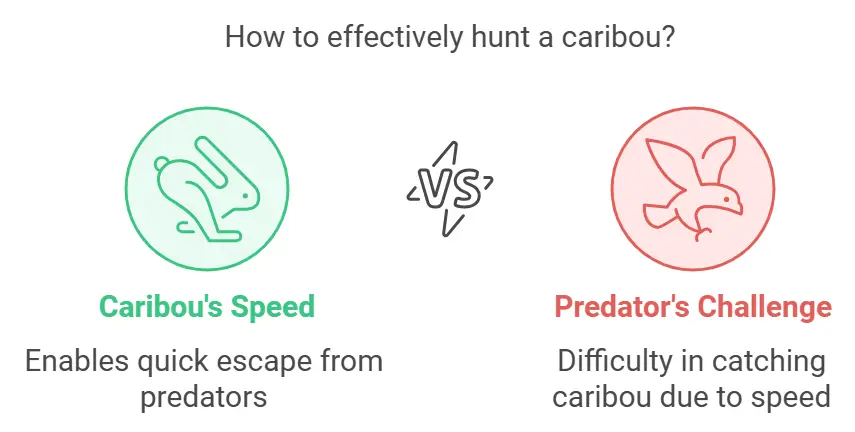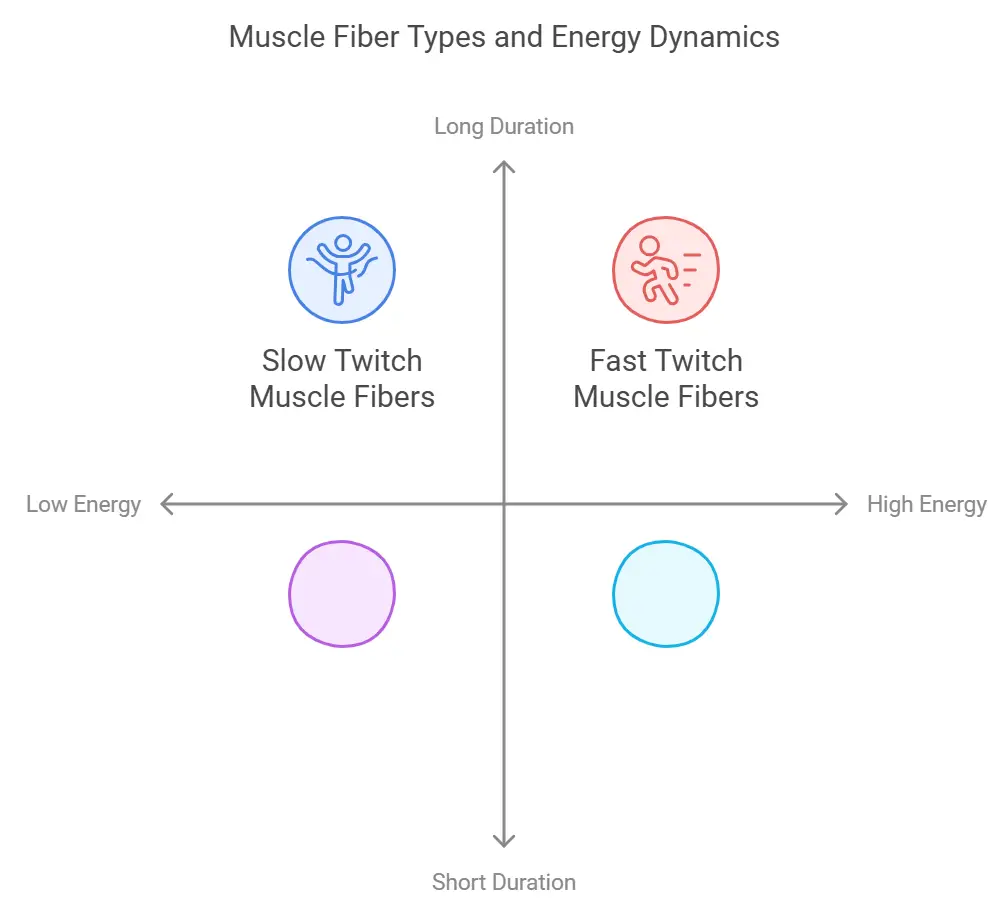Deers are undeniably some of the fastest animals in the world. There are several different kinds of animals, such as elks, moose, and white-tailed deer from the same family.
In terms of speed, each of these animals is quite different from one another. Although all of them are incredibly fast on their feet, some are more than others. Most deer’s average speed ranges from 30-45 miles an hour. However, some that are not as fast are luckily incredible leapers that ensure their safety.

Are you intrigued by all these facts about the deer? Want to know just how fast you are deers? As we discuss it more in-depth in this article, you’re at the right place.
How Fast Are Deers? – Everything You Need To Know About Their Speed
Deers are easily some of the fastest animals to run when required. This is partly due to ensuring their survival against wild predators, such as cheetahs and leopards. Although the average speed of a deer is roughly 30-35 miles an hour, some can reach an astounding 60-65 miles an hour when needed.

Below are mentioned of the average speeds of different types of deer –
Moose

Moose are the largest animals of the deer kinds. These giant family members of deers are extremely powerful, muscular, and rather fast on their feet. Their hind legs are extremely powerful, as most of their energy and power come from these legs. These animals have an average speed of 30-35 miles an hour, which might not seem like a lot. However, since their legs are quite large, they can quickly cover a distance.
Moose are rather powerful and capable animals that can be dangerous to mess around with. Due to their sheer size and muscles, it’s as easy to hunt them as other deers. However, it is not uncommon to hunt them down, either.

Elk
While elks are quite smaller than moose, their speed makes up for their size difference. Although elks are similar to moose, they have an average speed of about 45-50 miles an hour. Compared to deer, elks are quite faster than the others and can easily speed up without getting tired due to their size.
Their muscular structure and strong antlers are the source of their defense mechanism. Elks are known to be aggressive. They are known to charge and attack anytime without warning or being triggered. Hence, maintaining distance is highly encouraged.

White-Tailed Deer

White-tailed deers don’t have the impressive size or speed of the other deers from the family. However, these deers are exceptional jumpers. Covering a whopping 8-10 feet of height is almost no big feat for these animals, thanks to their immensely powerful hindlegs.
These leaps are their secret to survival. These powerful leaps are also known to compensate for their lack of speed. On average, a white-tailed deer can cover 30-35 miles an hour.
However, the height it reaches greatly depends on the age, sex, and size of the white-tailed deer. A healthy, young, male white-tailed deer can jump over a car with no difficulty at all. The secret to such

Mule Deer

These North American native deer are quite smaller in size compared to the others from the same family. Mule deer are not the fastest; their average speed ranges from 35 to 45 miles an hour. However, not all mule deers can reach the 45 miles an hour speed. The deer must be muscular, healthy, and quite younger than the others to reach this speed.
For mule deers to survive a predator attack, the best they can do is to remain hidden and out of sight from predators. This is where their small size and brown-black coat come in handy as they camouflage themselves in the wild.

Caribou

Caribou are the fastest of animals among the deer. These animals are native to Alaska and have a staggering speed of 50 miles an hour. Most male caribous are known to be quite aggressive when compared to the females, which explains their amazing strength and speed. It is also said that even white wolves are no match for these deer and their speed sometimes.
Hence, it can be difficult for predatory animals to target and successfully hunt down a caribou. Even on the off chance that a caribou has been brought down to the ground, their sheer strength often allows them to get back up on their feet and run away.

Average Speed of A Deer Against A Human
A deer is known to have the most coordinated legs compared to other animals. Its front and hind legs work together simultaneously to shoot the animal off the ground at a shocking speed.
Most of a deer’s speed is credited to its muscle fibers, which provide the animal its speed based on its need.
Type 1 – Slow Twitch Muscle Fibers
These muscle fibers give the animal little energy to run longer without tiredness. These are helpful when predators chase the deer and must run as far away as possible.
Type 2 – Fast Twitch Muscle Fibers
These muscle fibers give the animal a hefty energy for a shorter period. Since the energy is supplied in small bursts, it causes quicker energy drainage in the animal. These muscles are typically used when needed to escape from danger rather quickly.
Compared to humans, deer have a vast proportion of type 2 muscle fibers, granting the deer its speed. These muscles are important for the deer, about 3x faster than humans. Compared to deer, humans barely have an average speed of 10-13 miles an hour.

Bottom Line
Deers are quite fascinating creatures in general. Although their sizes vary drastically based on their types and breed, one thing they all share in common is their extremely powerful legs. Most deers are known to be extremely nimble on their feet while being just as powerful. Their legs allow them the power to cover a ridiculous amount of space with just one leap.
While some deers can run fast, some can vertically climb an astounding 8-10 feet casually with no difficulty. But how fast are deers? The answer varies based on age, sex, breed, and health conditions. However, generally, most deers can easily cover about 30-45 miles an hour.
